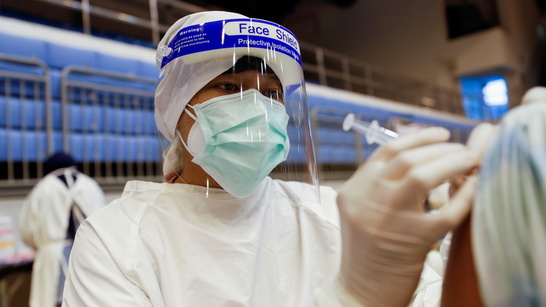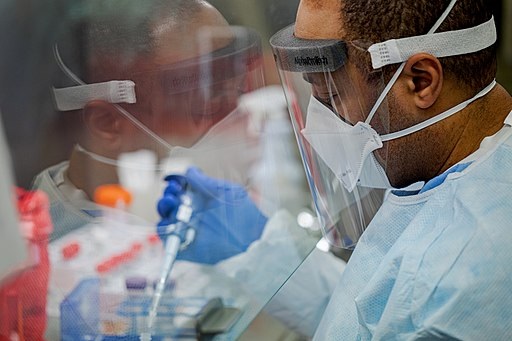Introduction
Toxicity could be a complex event in vivo and exhibits a big spectrum of effects from cell dying to metabolic aberrations, which lead to functional adjustments to cells as opposed to dying.
- Assays according to cell viability and cell survival
Typically, Cytotoxicity assays are really according to indices of cell viability and survival. Viability is unquestionably an immediate parameter regarded as predicted of survival.
Cytotoxicity assays may be separated into three groups:
- Individuals who infer viability by resolution of the modification of membrane permeability or metabolism.
/cloudfront-us-east-2.images.arcpublishing.com/reuters/OV775JD6Q5OCTDVZ4JGBRKND4E.jpg)
- Individuals who determine viability trough absolute extended-term survival, as quantified through the chance to regenerate (Clonogenicity.)
- Individuals who determine survival in a altered condition by expressing a regular mutation or malignant transformation.
Viability assays
Viability assays include:
Dye exclusion methods.
Dye uptake methods.
Fluorescent methods.
Dye release methods.
Dye exclusion methods:
Viable cells exclude numerous vital dyes. A cell suspension is together with dye and examined having a haemocytometer and optical microscope. The amount of unstained cells is expressed like most of the entire population. Staining for viability assessment is much more suitable for suspensions than monolayer cultures, as dead cells remove inside the monolayer.
Dye uptake methods:
They could be adopted to be used with flow cytometers and microtiter plates. Neutral red is adopted into viable cells in culture which property may be used within the microtiter plate dye uptake assay. The procedure that follows draws on individuals of Borenfreund and puerner.

Fluorescent methods:
Viable cells also occupy Diacetyl fluorescein, that may subsequently be hydrolyzed to fluorescein, causing viable cells to fluoresce eco-friendly. Non viable cells may be visualized using ethidium or propidium bromide, that can cause individuals to fluoresce red. Viability is expressed as the amount of cells that fluoresce eco-friendly expressed like numerous total cells counted (including both eco-friendly and red cells counted.)
Dye release methods:
Dye release assays are exemplified using the neutral red release assay. A confluent monoloayer of cells is preloaded with dye, along with the medium will probably be substituted with fresh dye-free medium. Cells will probably be uncovered having a test substance for starters minute and washed to get rid of liberated dye. A fixing representative is going to be added and optical density measurements acquired within the resulting solutions within the wells within the plate. Because of rapid exposure time this test is way better familiar with test quickly occurring effects interested in the cell membrane instead of individuals compounds that need activation.
Extended term survival
Frequently there’s adelay of several hrs before cells exhibit responses to toxic insult yet a different type of assay is needed in such instances taking into consideration the detachment of dead cells. These assays frequently measure compromised metabolic or proliferative capacity to infer extended-term damage as opposed to short-term toxicity, which can be reversible. You can do this by metabolic rate protein assays.
Metabolism assays:
Alterations in metabolism ex: adjustments to processes like glycolysis, enzyme activities as well as the opportunity to include labeled precursors for example thymidine happen to know measure reaction to toxic stimuli.









